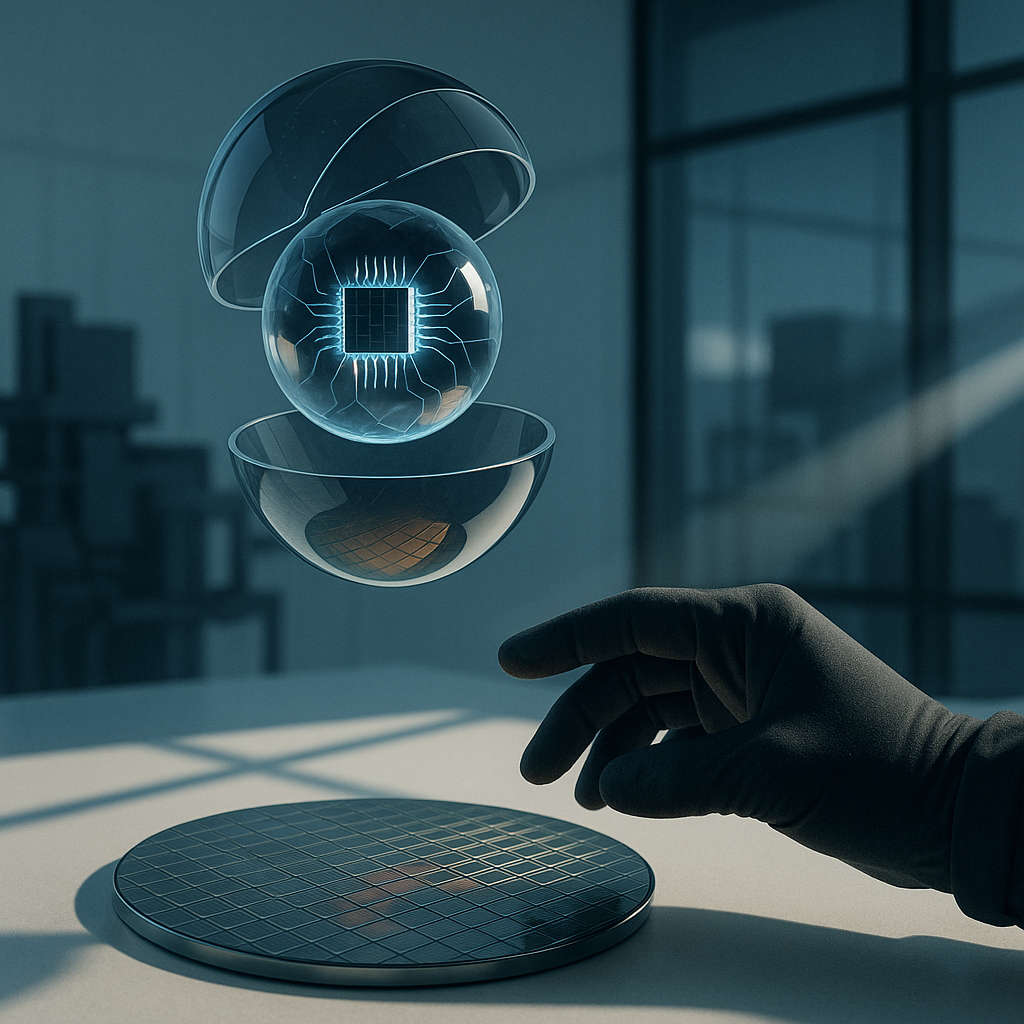IBM's Nighthawk and Loon Fast-Track Quantum Advantage by 2026
Published Nov 16, 2025
On 2025-11-12 IBM announced two quantum processors—Nighthawk (120-qubit, 218 tunable couplers, ~30% more circuit complexity than Heron) and experimental Loon (long‐range couplers, multi-layer routing, reset capabilities)—and set targets to demonstrate quantum advantage by end‐2026 and fault‐tolerant quantum computing by 2029. Nighthawk aims to run 5,000 two‐qubit gates by end‐2025, 7,500 in 2026 and 10,000 in 2027; qLDPC decoding latency has dropped below 480 ns (≈10× faster), and migration to 300 mm wafer fabrication at Albany NanoTech doubled R&D speed and increased chip complexity tenfold. These coordinated hardware, fabrication and decoding gains tighten timelines for demonstrable advantage and scalable QEC, with direct implications for customer roadmaps, developer priorities and investor decisions; near‐term milestones to watch are Nighthawk public deployments in Q4 2025, benchmark results in 2026, and scaled QEC demos through 2027–2029.
